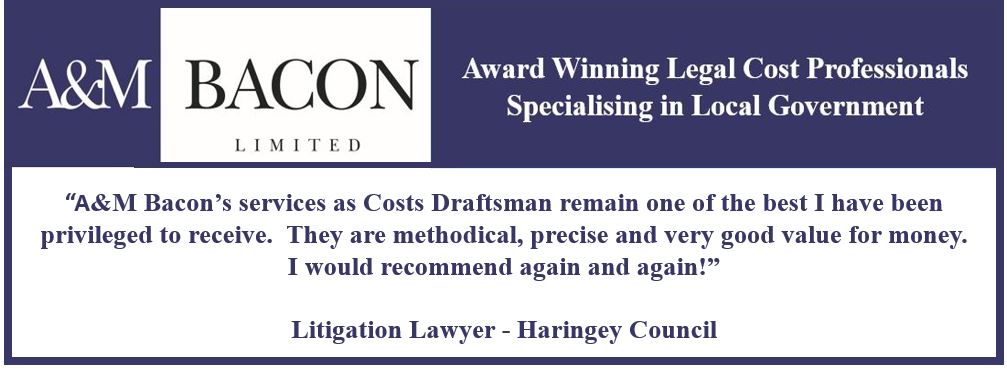Guardians and IROs warn of danger of 'collusion' over Cafcass/ADCS working agreement
Nagalro and the National Association of Independent Reviewing Officers have become the latest organisations to question publicly an agreement reached by Cafcass and the Association of Directors of Children’s Services on how social workers in both local authorities and those acting as guardians in family proceedings can better work together during care proceedings and pre-proceedings in the family courts.
The Cafcass/ADCS agreement was announced in February this year. However, earlier this month the Association of Lawyers for Children said it was “deeply concerned” by the publication.
It warned amongst other things that in putting its name to the document, Cafcass was “losing sight of the importance of the independent role of the Children’s Guardian in public law proceedings”.
Nagalro – a professional association for Children’s Guardians, Family Court Advisers and Independent Social Workers – and NAIRO said they had only learned of the agreement on 7 February after it had been published. The organisations criticised the lack of consultation of key stakeholders about the document.
“Instead, we have the agreement - apparently being introduced as a pragmatic response to the pressures of increasing demand and the 26-week timetable - which will lead to the embedding of a system which risks being both unsafe for the children at the centre of court proceeding and unfair to their families,” they said.
The Nagalro/NAIRO statement added: “Although the agreement describes part of what is as a ‘proposal’, the remainder of the text suggests that it is, in fact, a final agreed position and that guardians, reporting officers and social workers will be expected to act accordingly. For example, it envisages a process of out of court agreements between Children’s Guardians and local authority social workers regarding both the scope of the evidence to be put before the court and the conclusions to be drawn from it.
“It ignores the existence of the legal framework of independent representation of children in care and related proceedings and instead refers to 'a suite of guidance rules'. The tandem model in which the guardian and the children's solicitor work together on behalf of the child and the role of the court in deciding what weight to give the evidence being presented by the parties are both airbrushed out and replaced by agreement on 'the main narrative' of the case'.”
Nagalro and NAIRO insisted that the guardian must be independent and be seen to be independent “because it is that critical appraisal of local authority decision making and ability to focus on the welfare of an individual child which keeps them safe”.
“Interagency communication is constructive, institutionalised collusion is dangerous,” they said.




